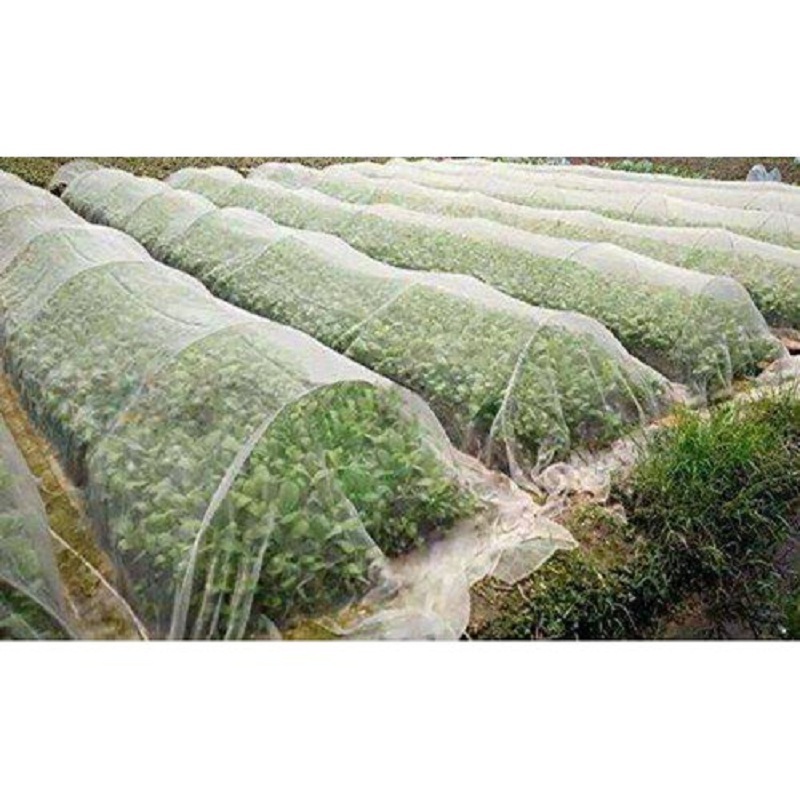Non-Woven Fabric Characteristics And Its Applications In Agriculture
Since the early days in the industry of petrochemicals, nonwoven fabric has been in use. Non-woven fabrics were initially used for their bulkiness and softness when they were used in packaging, covering, filling, and other applications. The application of non-woven fabric has expanded to include civil engineering, environmental engineering and agriculture. Its existence can be seen everywhere, especially in its very early uses in agriculture. Non-woven fabrics can be described as fabrics which are composed of short and long fibers. They've been joined together by heat, chemical or mechanical processes. It is generally accepted that woven material is more durable and durable than nonwoven fabrics. There are other non-woven materials. Non-woven fabric is utilized in many industries. Non-woven fabrics are more affordable than woven material, and their markets are expanding, developing, maturing, and growing. Follow this agriculture non woven fabric supplier for tips.
Non-woven Industry Development Non-woven fabric is a product that emerged from the petrochemical industry after the development of plastic cloth (film). It is less heavy than plastic cloth and permits better airflow. It is widely used in hygiene and medical products such as sanitary napkins and facial towels. Later it was incorporated into engineering to it. Non-woven fabric protects vegetables from damage caused by cold. Although the manufacturing process of non-woven fabrics differs from the production of plastic film the basic raw materials are similar. It includes PVC (polyvinyl chloride), PE (polyethylene), EVA (Ethylene Vinyl Acetate copolymer), PVA (polyvinyl alcohol) and other such items. It is possible to make a thin plastic film out of conventional plastic by melting it and inflating. The film is continuous. It can stretch indefinitely. The film is completely porous. It is completely inert and blocks all movements and exchanges of molecules. Chemical fibers made of synthetic materials, made of the mentioned raw materials, have become the most sought-after item in the world of textiles. Chemical fibers can be transformed into cloth by traditional weaving methods like warp and weave. The non-woven fabric is created by interconnecting fibers in the same plane and at different angles across all directions. It is not possible to utilize traditional warp and weave methods. It has superior material characteristics than conventional weaved fabrics. It is also manufactured in a single process starting from raw materials and ending with the final product. The traditional process of drawing and weaving fibers is completely eliminated. Production costs are also less. The past few years have seen the introduction of the widest range of non-woven fabric being utilized in the clothing industry. Non-woven fabrics have been used in a wider range of applications over the past few years as a result of advances in material science and production technology. There are numerous different materials and products that can be found in everyday life. Non-woven fabrics are becoming more popular in agriculture due to their ease of production, lightness, versatility with low costs, and a variety of applications. Follow this non woven weed fabric for advice.

Non-woven fabrics in agriculture. Non-woven textiles were introduced to the agriculture in Europe in 1978. They can be used to keep carrots warm during early harvesting and to protect against whiteflies as well as tomato leaf virus. Non-woven fabrics are used in the United States are used for mulching sweet peppers, cantaloupes tomatoes, and root vegetables. It is used mainly to preserve heat, for early harvesting and insect control. Non-woven fabrics are typically used as surface covers like grass-proof mats. The production of water-absorbing blankets made from short fiber can be applied to nursery bedding in order to ensure the roots are able to take in all the water. They can also serve as the primary medium for turf production. They also serve to plant large woody plants such as fruit trees and garden trees to prevent weeds from growing and also for retaining water. In Taiwan, in addition to the above-mentioned functions, non-woven fabrics are utilized in crop protection. These are used extensively to control large greenhouses' conditions of the environment and also to save energy. Canopy curtains, double-layered covers and canopy curtains lower the radiation and heat loss in the evening. In the beginning, TAVIK non-woven spun-bonded TAVIK fabrics of high density were used to shade and shield cauliflower bulbs. Farmers quickly accepted it due to its superior shading capabilities, low thermal conductivity, simple recycling and ease of use. Then, it was gradually employed for heat preservation and the cultivation of leaf vegetables that was insect-proof. It also served as a shade and for heat preservation and cultivation tool for fruit trees and pineapples. Because of Taiwan's unique climate and ecosystem, the development of the industry in non-woven has been slow. Taiwan's nonwoven fabric manufacturers are constantly innovating in nonwoven technology. This is a case of air permeability, absorption of water, as well as water repellency. It is used for preservation and storage of agricultural products. Check out this agriculture non woven fabric suppliers for more info.
